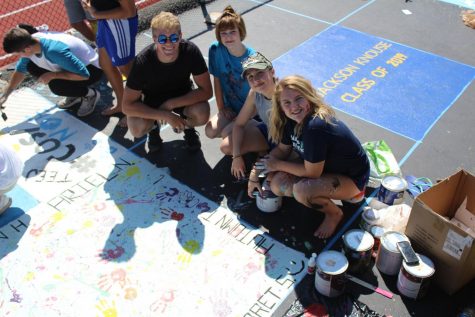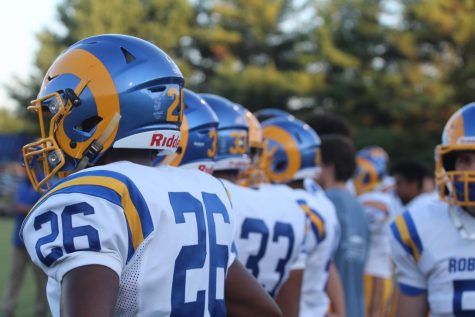Invisible Children and ‘Kony 2012′ mislead audiences
Teenagers everywhere have banded together to aid non-profit program, Invisible Children, using social networking sites to raise awareness of the new “Kony 2012” campaign. However, most supporters, as passionate as they may be about saving the children, have not done adequate, if any, research about the organization itself. Invisible Children is an unreliable organization that manipulates viewers’ emotions with skewed facts and half truths.
Director of Ideology at Invisible Children, Jedidiah Jenkins, said only 37 percent of money donated has gone to the actual cause in Central Africa, 20 percent to salaries, and 43 percent to awareness programs. Most supporters of the organization are not aware that awareness is a higher priority than providing direct aid.
The campaign “Kony 2012” is focused on one man, Joseph Kony, a notorious Ugandan warlord who is known for the abduction and usage of child soldiers in the Lord’s Resistance Army. While the aim of saving the children is noble, Joseph Kony and the LRA have left Uganda in June of 2006, during the Juba Peace Talks.
Invisible Children’s goal is to make Kony ‘famous’ to keep the U.S. government interested in finding him and intervening to put an end to his cruel war tactics. The advanced film editing and the emotional personal stories win over the majority of people, particularly teenagers, who watch the videos. However, the legitimacy of the facts Invisible Children has presented has been called into question again and again.
According to Michael Wilkerson, freelance journalist and Oxford Ph.D. candidate, Joseph Kony and the LRA have not been in Uganda for six years. While the destruction and havoc wreaked by the child army was terrible 10 years ago, the LRA has continued to dwindle. The number used in the “Kony 2012” video, a total of 30,000 child soldiers, represents the number of children over a span of 30 years. This is not mentioned in the video, nor is the current number of soldiers in the LRA, which is less than 300.
As if skewed facts and sketchy spending is not enough, the aim of the actual campaign has Ugandan citizens reeling in disgust. The African Youth Initiative Network, an NGO that directly aids people afflicted during the conflict with the LRA, organized a screening of the “Kony 2012” video in northern Uganda. The viewers were shocked the goal was to glorify Joseph Kony, a man responsible for the destruction of so many lives.
Grant Oyston, a student at Acadia University in Canada, is the blogger responsible for much of the anti-Invisible Children hype. On his Tumblr blog, visiblechildren.tumblr.com, Oyston compared buying merchandise with Joseph Kony’s face displayed on it to wearing clothing advertising Adolf Hitler. Oyston’s criticisms are supported with evidence and direct links to his sources are easily found.
Visiblechildren.tumblr is a great starting point for research on Invisible Children and actual facts relating to the LRA and Joseph Kony. It is also a good place to find the general Ugandan perspective, which should be seen by “supporters” as more important than the foreign viewpoint.
This conflict is a complex one not just anyone raised outside of Uganda can understand. Students who want to get involved should make sure they are aware of the actual aims of Invisible Children and the controversy the organization has caused. A campaign should be supported after a good amount of research of not just the organization, but the issue itself. Students should support based on knowledge and fact, rather than the emotional persuasion Invisible Children uses.




